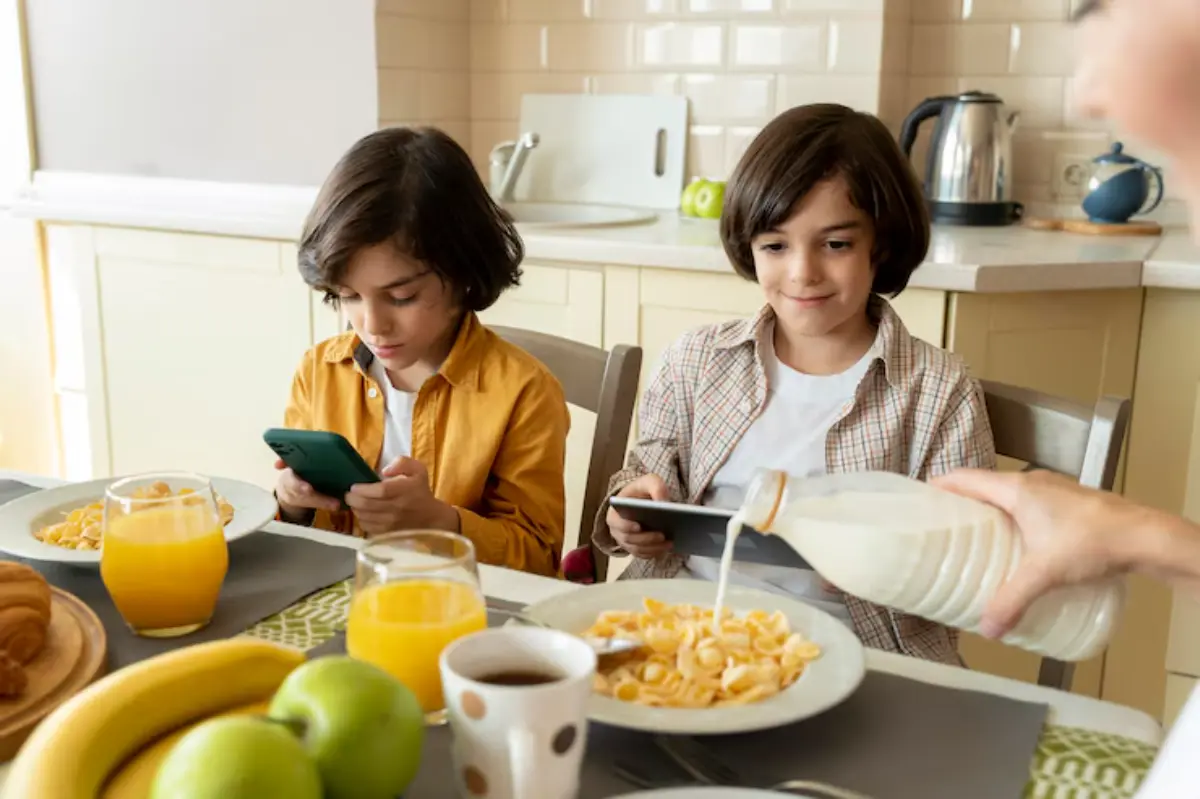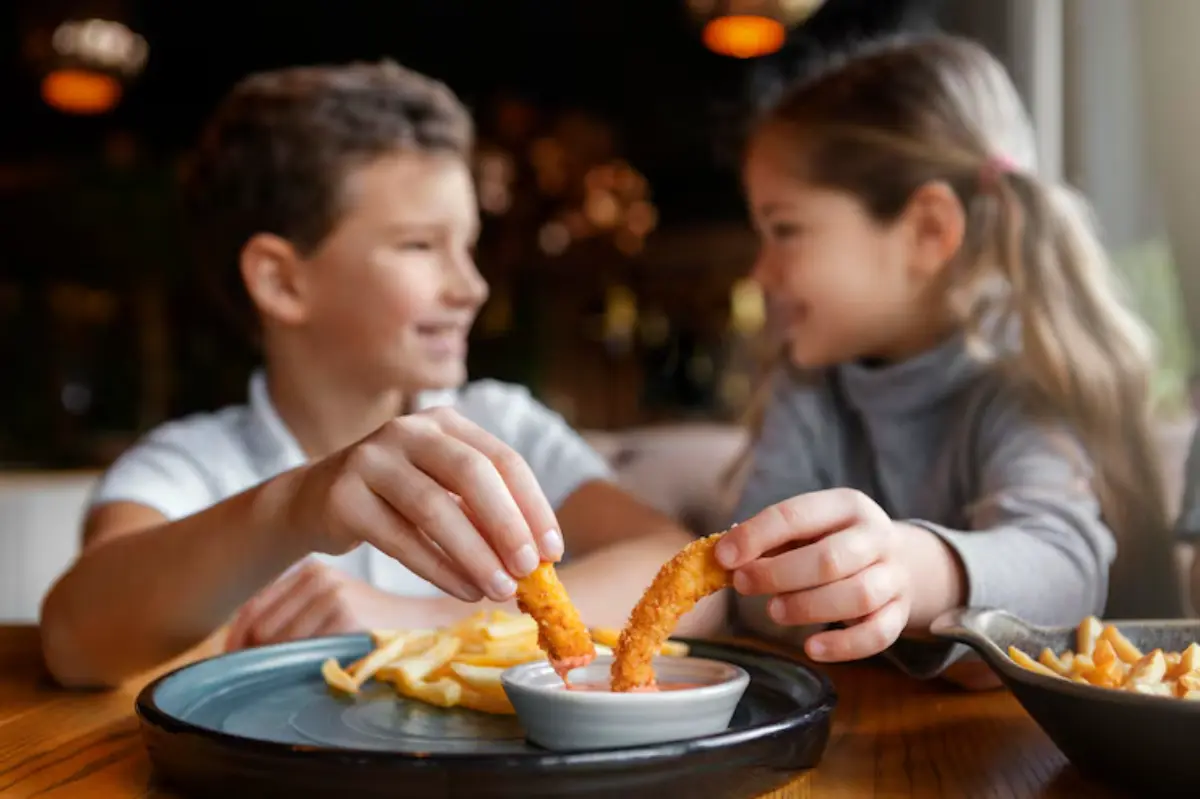
How to Involve Kids in the Weekly Meal Plan
It’s 4:45 PM. You’re juggling work emails, unpacking school bags, and wondering what on earth to cook. Sound familiar? Now imagine if you had a little help — not from another adult, but from your own kids. It might sound like a stretch, but involving your children in weekly meal planning can transform more than just your dinner table.
When kids take part in family food planning, they develop life skills, become more adventurous eaters, and gain a deeper appreciation for food. Even better? You share the load — and mealtimes become a shared experience rather than a daily chore.
This guide walks you through practical ways to involve kids in meal planning, with age-appropriate tasks, real-world examples, and simple strategies for building a routine that actually sticks. Whether your child is 3 or 13, there’s a way they can contribute.
Let’s turn picky eaters into proud planners, one meal at a time.
Why Involving Kids in Meal Planning Is Worth It
1. Builds Lifelong Skills
When children help plan meals, they learn:
- Nutrition basics
- Grocery budgeting
- Time management
- Basic cooking techniques
These are essential life skills they’ll carry into adulthood.
2. Reduces Picky Eating
Kids are more likely to try something new if they’ve helped pick or prepare it. It gives them ownership, and suddenly that suspicious-looking broccoli isn’t so bad after all.
3. Encourages Responsibility and Independence
Whether it’s choosing meals or helping prep a salad, kids love to feel capable. Meal planning gives them meaningful tasks that show you trust their input.
4. Brings the Family Together
Planning meals as a family sparks conversations and brings shared intention to the week ahead.
“When my 6-year-old saw her dish on our meal board, she beamed and proudly told her brother she picked dinner. That joy alone was worth it.” – Sarah, mum of two.
Getting Started: Laying the Groundwork for Family Food Planning

Set the Scene with a Weekly Ritual
Pick a time each week for a short meal planning session — maybe Sunday after breakfast. Keep it informal but consistent.
Gather your tools:
- A meal planner (paper, whiteboard, or app)
- Favourite cookbooks or printed recipes
- Colourful pens or stickers for kids
Define Your Roles
Not all tasks suit every age. Assign roles based on your child’s ability and interest. Start small and build up.
Embrace Flexibility
You don’t have to involve your kids in every step. Let them participate in a way that feels fun, not forced.
For additional structure, check out How to Create a Weekly Meal Plan That Actually Works.
Age-by-Age Guide: How Kids Can Help Meal Planning
Ages 2–4: The Curious Observers
- Point to pictures in cookbooks or magazines
- Use stickers to choose meals on a planner chart
- Help wash fruits and veggies
- Set plastic utensils on the table
Activity Idea: Create a “meal choice” box with images of favourite meals they can pull from.
Ages 5–7: The Eager Assistants
- Pick one dinner each week
- Help with grocery list creation
- Assist in measuring ingredients with supervision
- Stir, mash, or assemble sandwich lunches
Make It Fun: Use a colouring sheet meal planner they can personalise.
Ages 8–10: The Confident Contributors
- Choose 1–2 meals and list ingredients
- Read simple recipes
- Use kitchen gadgets (with safety guidance)
- Start learning to use the oven or hob
Bonus: Have them research one new recipe they want to try.
Ages 11+: The Junior Chefs
- Plan an entire dinner night
- Cook simple meals with little help
- Manage grocery list for their meal
- Help prep lunches or breakfast
Life Skill Challenge: Let them plan a full meal within a budget.
Fun & Practical Ways to Make Meal Planning Kid-Friendly

Create a Weekly Food Theme
Themes add excitement and predictability:
- Meatless Monday
- Taco Tuesday
- Stir-Fry Saturday
Let kids brainstorm their own weekly themes — “Waffle Wednesday,” anyone?
Use a Visual Meal Planner
Kids respond well to colour and visuals. Use:
- A chalkboard with doodles
- Printable planners with icons
- Sticker charts
Let Them Choose from Pre-Approved Options
To avoid wild suggestions (like chocolate spaghetti), offer choices:
- “Do you want pasta or rice with the chicken?”
- “Would you prefer broccoli or green beans?”
This gives them power without giving up control.
Host a “Kid’s Choice” Night
Once a week, let your child plan the full meal — even if it’s cereal and scrambled eggs. The key is celebrating their involvement.
Cooking Together: From Plan to Plate
Grocery Shopping Can Be a Learning Adventure
- Let kids tick off the list
- Teach them how to compare prices
- Let them weigh produce
Bonus Game: Give them a budget and challenge them to pick a fruit, veg, or snack.
Planning to shop smart? Explore Beginner’s Guide to Family Meal Prep Sundays.
Turn Prep into Play
- Use child-safe knives and tools
- Turn veggie chopping into counting practice
- Play upbeat music and make it a “cooking show”
Celebrate the Outcome
Take a photo, make a “recipe card” with their name, or let them announce the meal like a mini maître d’.
Managing Challenges (Because They’ll Happen)

“I Don’t Want to Help This Week!”
That’s okay. Participation should feel like a privilege, not a punishment. Offer praise for past efforts, and let them sit it out guilt-free.
Messy Meals
Yes, it’ll be messier. Embrace it as part of the learning. Teach clean-up as part of the process.
Disagreements Over Meals
Use a “family favourites” list. If three people love a meal, it makes the cut. Rotate in everyone’s favourites across the month.
Trying New Foods
Encourage a “no thank you” bite — one small taste before they decide. No pressure.
Building a Sustainable Routine
Keep a Family Meal Journal
Track what meals your kids helped with, what they liked, and what they’d change. It becomes a beautiful record over time.
Reuse Your Meal Plans
Rotate plans monthly. Kids will love seeing their past choices reappear.
Use a Dedicated Planning Space
Set up a “meal corner” in the kitchen — your family meal planner, markers, printed recipes, and sticky notes all in one place.
Make It a Team Tradition
Build excitement by naming your sessions — “Foodie Friday Planners” or “Sunday Menu Makers.”
Growing More Than Just Meals
Involving your children in meal planning isn’t just about saving time. It’s about building confidence, teamwork, and healthier habits that stick. It nurtures independence, creates shared routines, and teaches your kids that their voice matters.
Even the smallest hands can make a big impact — from choosing broccoli over chips one night to proudly announcing, “I made this!”


